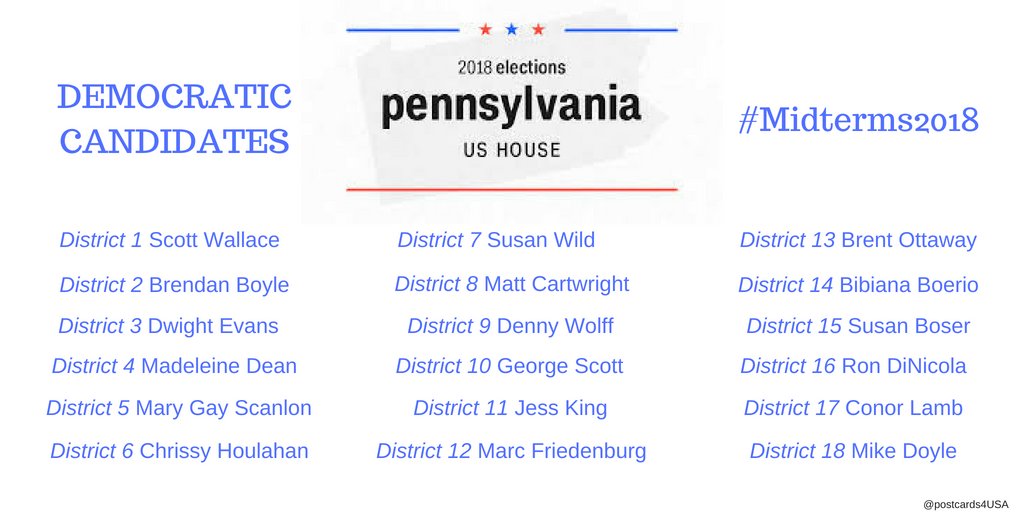“If the courts of justice shield you
And your freedom you should gain,
Remember that your brows are marked
With the burning brand of Cain.....
Oh, noble, noble, deputies
We always will remember
Your bloody work at Lattimer
On the 10th day of September.”













